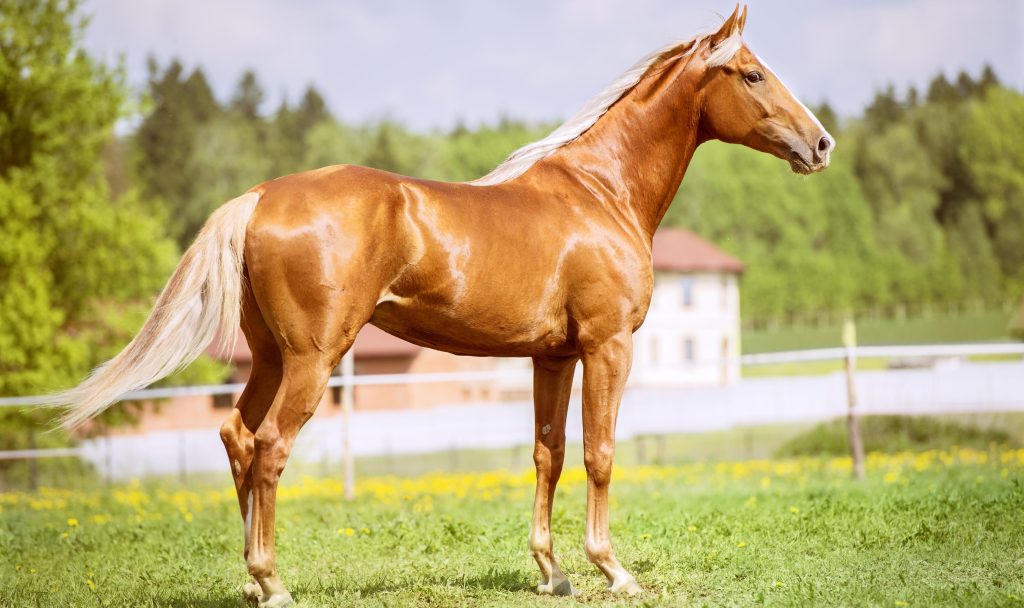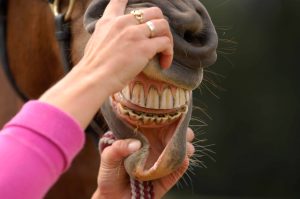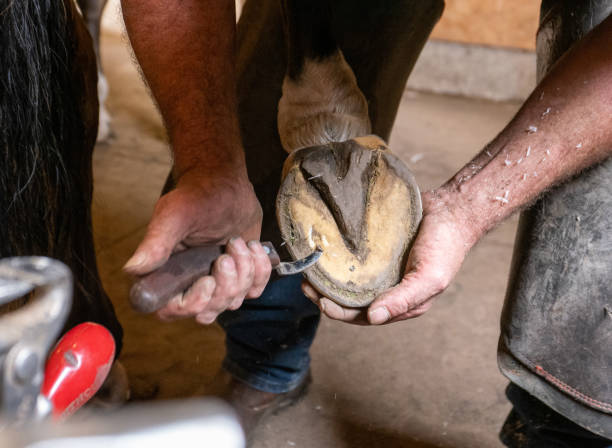Keeping your horse healthy is a full-time job. Here, a panel of five equine health professionals explain the most important things you can do to keep your horse at his best.
1. Monitor your horse’s health through grooming:
In the rush to fit riding our horses around work, family and social life, grooming is usually cut short and only enough to make sure our horse is clean enough to ride.
This year, adjust your schedule so that once a week you’re giving your horse a thorough grooming session for at least one hour.

- Brush your horse all over
- Observe your horse’s reactions as you groom – if he flinches, puts his ears back or swishes his tail he could be in discomfort.
- Once you’ve finished with brushes, use your hands to feel all over your horse. Feel for heat, swelling or sensitivity, always comparing left with right.
Doing this once a week will let you know what’s normal for your horse.
2. Keep your horse at a healthy weight:
If your horse is overweight, it can put him at risk to all sorts of health issues and 80% of ponies and 25% of horses in the UK are overweight.
The good news is that it’s preventable so if your horse is at risk because he’s a good-doer, you can protect him by using this checklist:
- Ensure he’s eating enough bulk, while controlling calories, so know the energy value of what he eats.
- Check his fat score across his body by checking him once a fortnight.
- Ride, lunge or lead for 30 minutes a day, six days a week to increase his heart rate to 80bpm.
- Turn him out wearing a muzzle, rather than leaving him stabled.
- Balance his diet with a vitamin and mineral supplement or balancer.

3. Have your horse’s teeth checked regularly:

The diet of domesticated horses means that they don’t wear their teeth down as they would in the wild.
It’s recommended that horses have their teeth checked every six to 12 months.
Signs of dental problems can include quidding (dropping balls of food), a foul odour from the mouth or nasal passage, or evading pressure and the contact when ridden.
4. Let your horse live as nature intended:
The key thing I’d recommend to horse owners for a horse’s long-term health and welfare is quite simple: as much turnout for grazing as possible.
Turnout provides exercise and can help with weight control. However, horses in the wild would spend all day grazing rough hill land just to eat enough calories to maintain their weight, so fertilized, improved grazing can lead to weight gain, meaning special care is required for these types.

A horse who’s constantly eating fiber also produces large amounts of saliva, which buffers stomach acid and the grinding action helps keep the teeth healthy, so a turned out horse is much less likely to suffer from gastric ulcers and dental problems.
There are situations where horses can’t be turned out, for example when recovering from surgery or injury, but otherwise the more turnout the better.
5. Protect your horse’s feet:
One of the biggest factors in good health is the environment your horse lives in, so my top tip is to make sure your stable management and foot care routines are up to scratch.
If your horse is messy in the stable, trying different bedding can help. Drainage is also key, but if it can’t be altered or is insufficient, then layering and absorbent product underneath the bulk of his bedding will soak up the wet and stop it splattering on to feet, legs or rugs, as well as making mucking out easier!

A farrier bending over, with a horse’s bent leg resting on his leg, as he trims a hoof, using a specialist hoof knife. He is preparing the hoof shape ahead of fitting a new horseshoe, having removed the old shoe. The farrier is wearing a brown leather farrier apron, also known as chaps, to protect his legs as he works. One hand carefully holds the hoof, while the other uses the work tool
Scrubbing out your horse’s feet regularly will remove stuck-on mud, which can act as a sponge for bacteria.
Once properly dry, painting a good quality hoof product, such as Kevin Bacon or Silverfeet on to the frogs, soles and hoof walls will help to waterproof your horse’s feet and stop droppings or mud sticking to them.
Hoof horn is modified skin and needs to be kept supple to minimise cracking.
The best test for any hoof oil is to rub it into your own skin and see how it feels after 10 minutes. Too many products act as a barrier instead of a moisturiser and protector.






